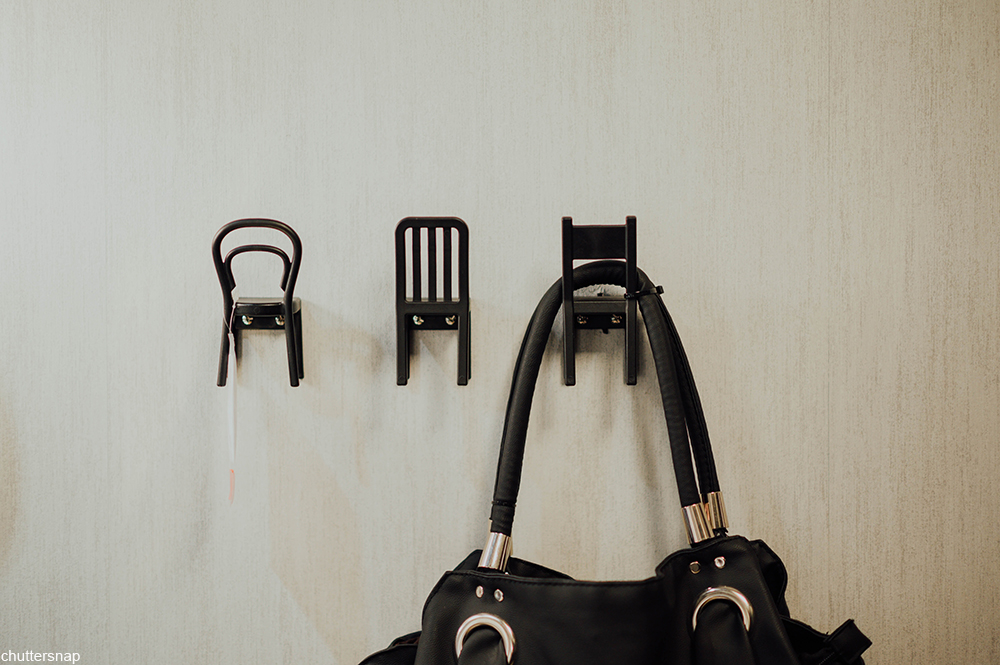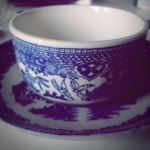We all know that there are areas of the house that seem to always be dusty, no matter how much we clean them. It may seem like you’re always going after those spots, but the truth is the corners wouldn’t be so dusty if they were part of the weekly cleaning map to start. However, there are some places in your home that get a ton of use, but still are very rarely cleaned. And, according to science, these areas can harbor a shocking amount of bacteria. Here are some of the least-clean places in your home (and how to clean them).

Game Controllers
These compact hand-held devices get touched a lot and usually are cleaned regularly. According to UNICEF there are potentially thousands of germs per square inch on these bad boys. You can clean with a dry (clean) toothbrush before gently wiping down with a damp cloth after- sans batteries. Then a disinfectant wipe to finish will leave the controller sparkling clean.

Toothbrush Holders
This one came as a shock since studies have found a significant amount of Coliform bacteria, they type that comes from fecal matter. And, if you share a toothbrush holder with family members then that means if one person doesn’t wash their hand properly then the whole container is compromised. To remedy this clean often and well with hot, soapy water. And, maybe consider separate toothbrush holders.

Kitchen Sink
It might not be surprising that the kitchen sink can contain many different types of bacteria. It’s where you wash fruits and veggies, where residue from meat goes, and where questionable leftovers are swilled down the garbage disposal. Clean regularly with a disinfectant to keep the kitchen truly clean.

Cutting Boards
Cutting boards were found to have a high concentration of bacteria from fecal matter. One study showed 200 times the bacteria that were on toilets seats! This is most likely from cutting raw meat, and certainly all the nicks from cutting offer places for moisture and bacteria to accumulate. While this figure is disturbing you can stem the tide by washing very well with soap and water after every single use.

Stove Knobs
They get grease on them and are touched constantly. For this reason not only should stove knobs be wiped down on a regular basis, a swipe with Lysol wipes or alcohol on a rag will kills the germs on stove knobs. And, don’t forget the oven handle and the buttons, either.

Purse Handles
It’s not an area we think about cleaning, but purse handles can easily harbor dirt and bacteria and since you cary a purse with your hands this can mean spreading bacteria around your home. Synthetic purse handles can be wiped down with disinfecting wipes, but care should be taken with leather or other natural material.

Your Phone
We’ve all heard it a thousand times: your phone isn’t as clean as you think. Improper hand washing, cross contamination, and a near constant stream of oils and dead skin cells make this object a place that needs to be cleaned. Evidence suggests that the novel coronavirus can live on hard surface for up to three days, cold and flu particles for up to 9 days, and the stomach flu, norovirus, for up to 4 weeks!The best thing is to wipe down your phone regularly with disinfecting wipes or even a paper towel with at least 70% alcohol on it. Just make sure to never use anything abrasive and never get your phone wet.

Dish Sponges
It’s no surprise that dish sponges, which are used to wash so many different types of food from our dishes and countertops, would contain a lot of bacteria. You can kill them by microwaving for at least one minute or by soaking in a bleach water solution or other disinfectant. And, you should replace them often, especially if they smell or are coming apart. Dish rags should be laundered often and in hot water to keep them clean.

If all that information isn’t frightening enough, a study from the U.K. looked at some of the areas in people’s homes that they admitted to never (or hardly ever) cleaning. The most common of these were drapes, shower curtains, remote controls, fans, and dish drying racks. Given all this information, it’s safe to say most of us could stand to step up our cleaning game.














